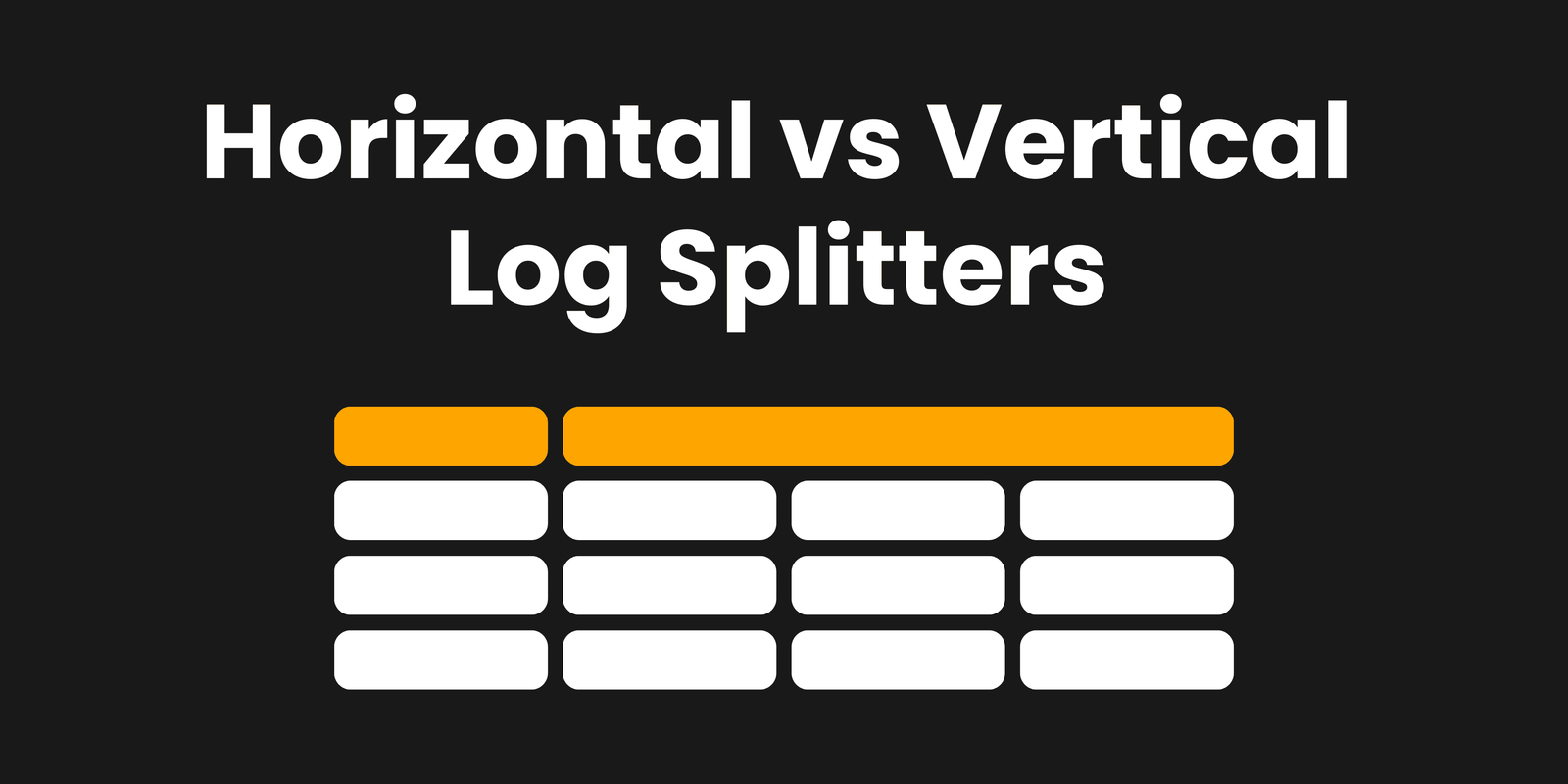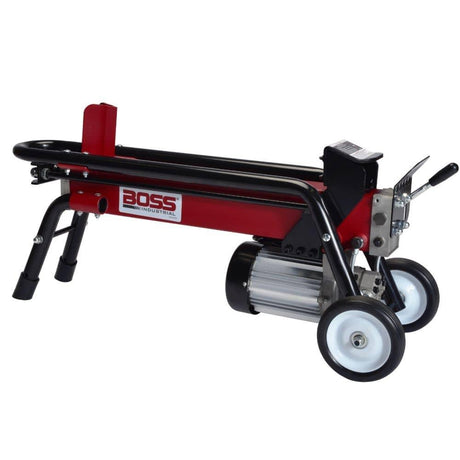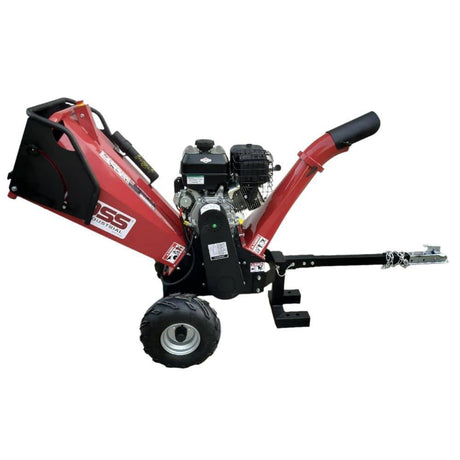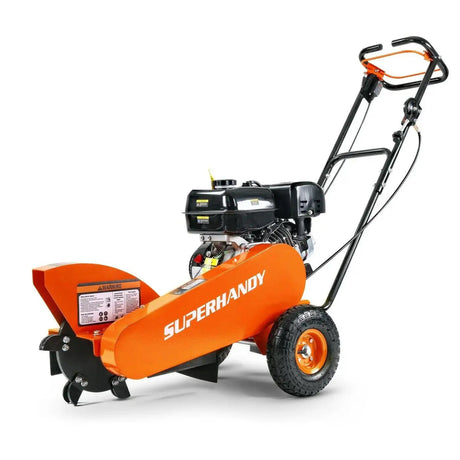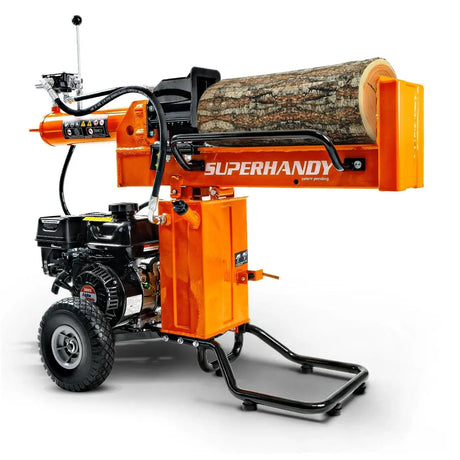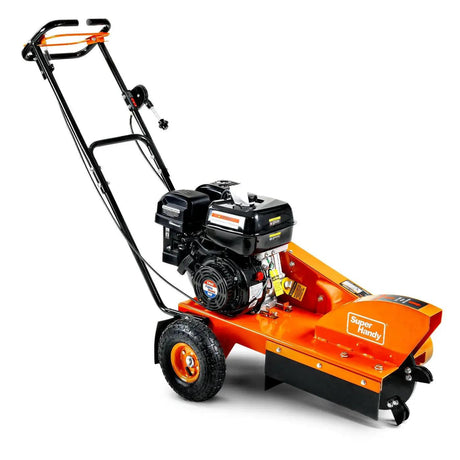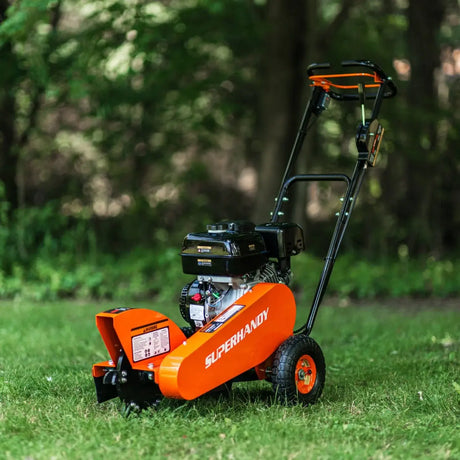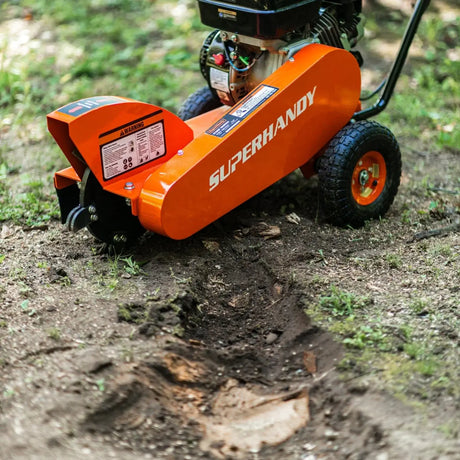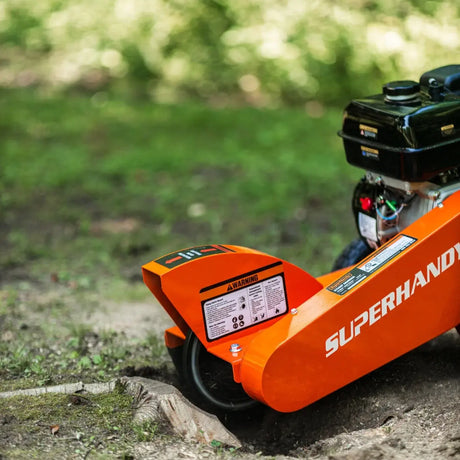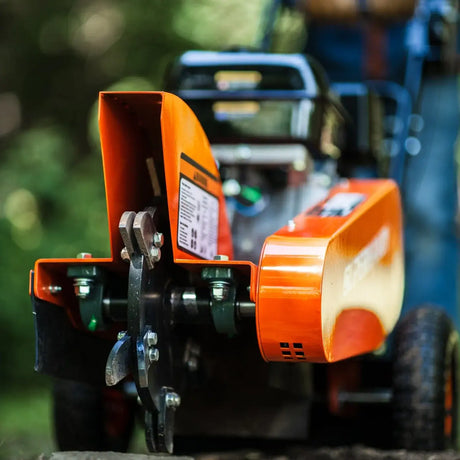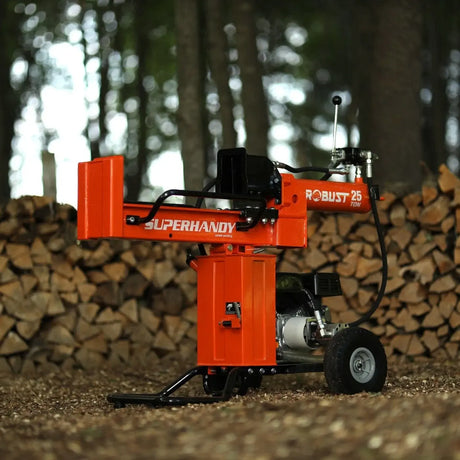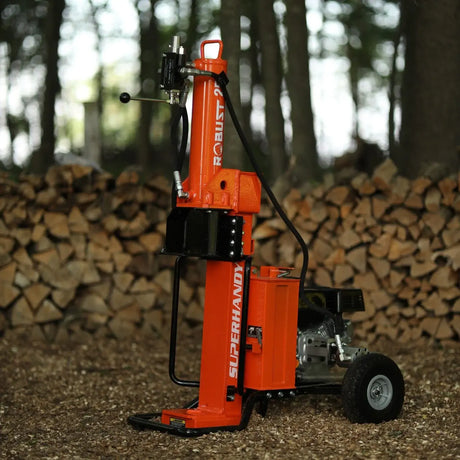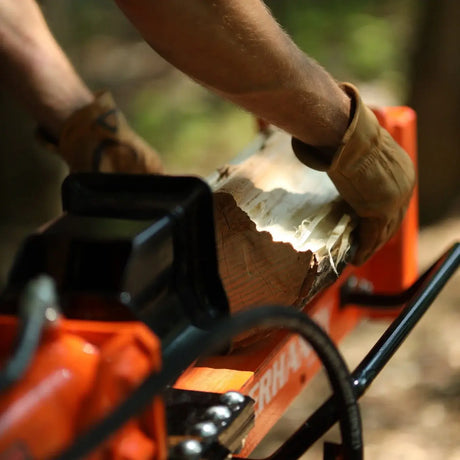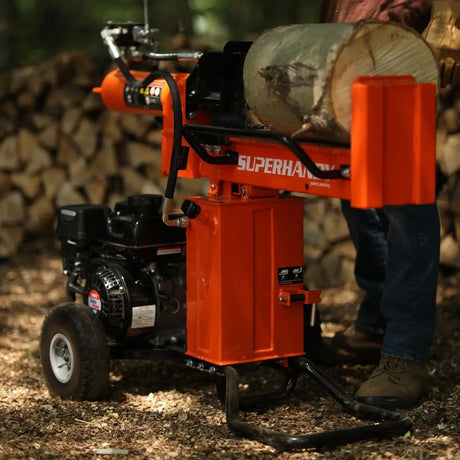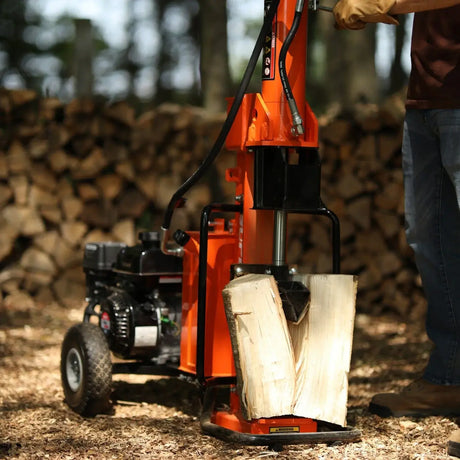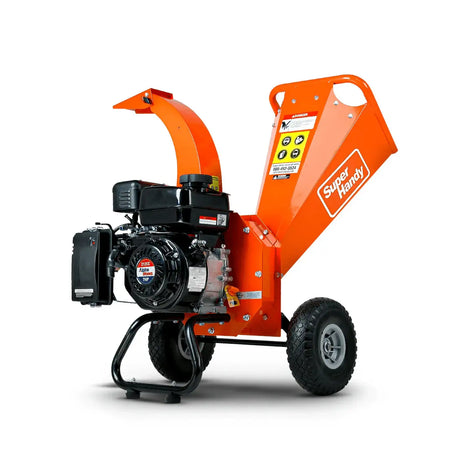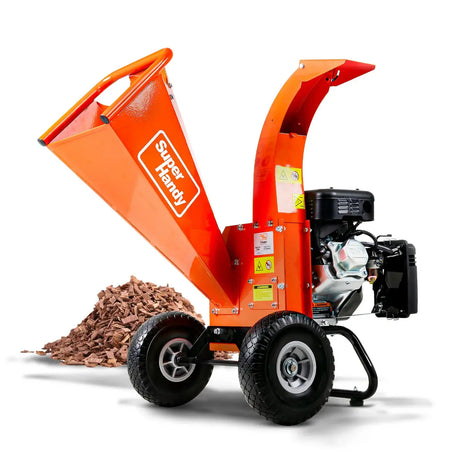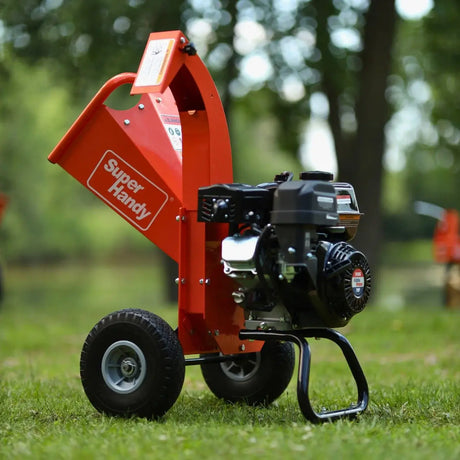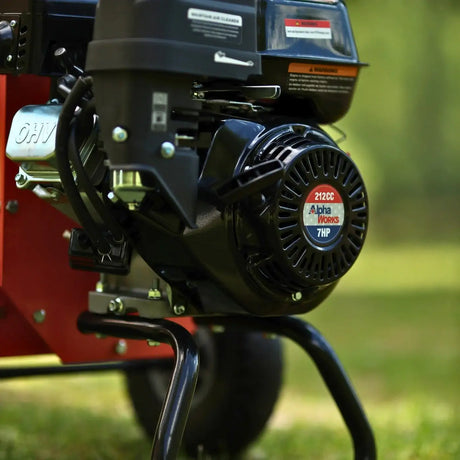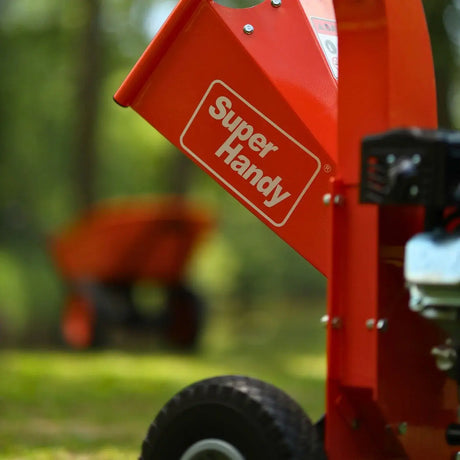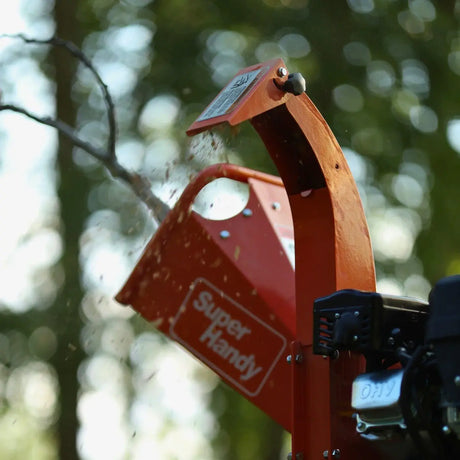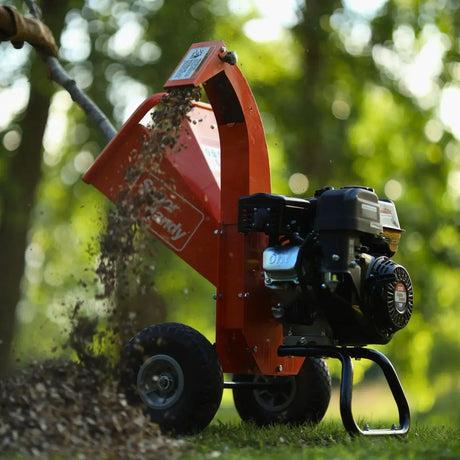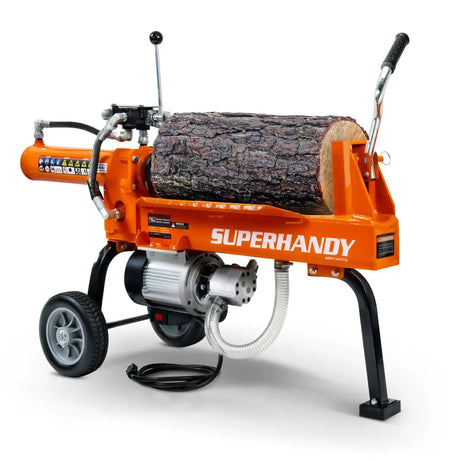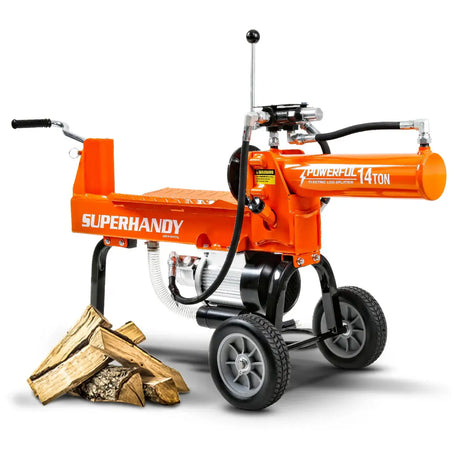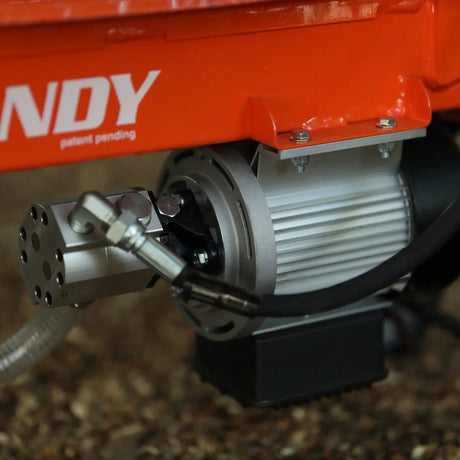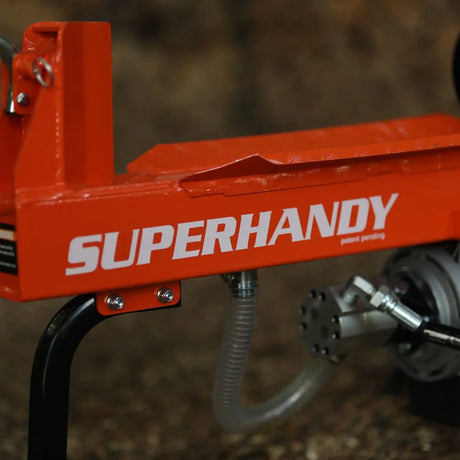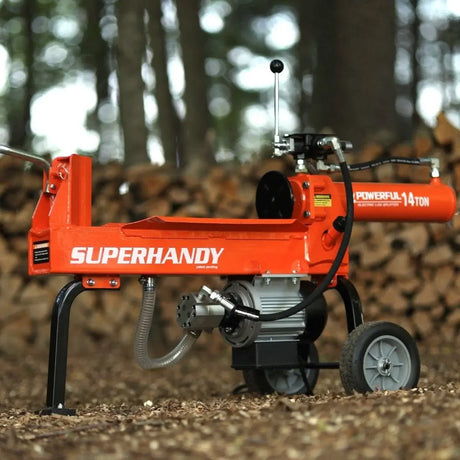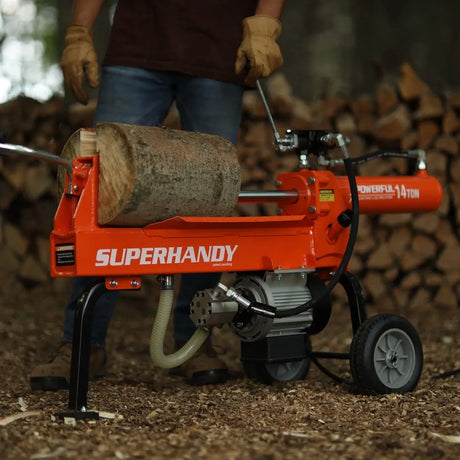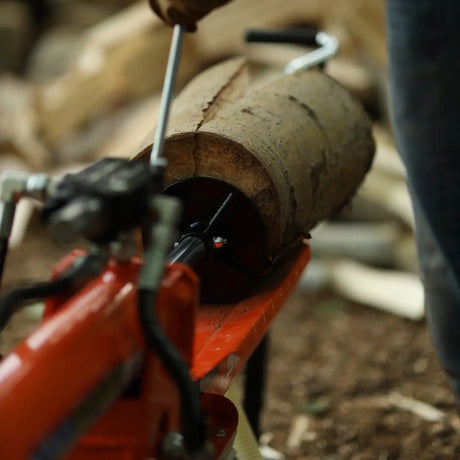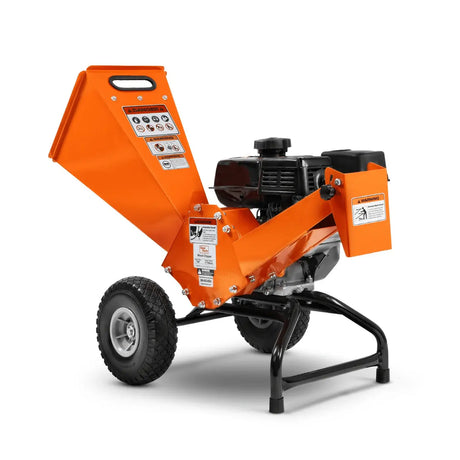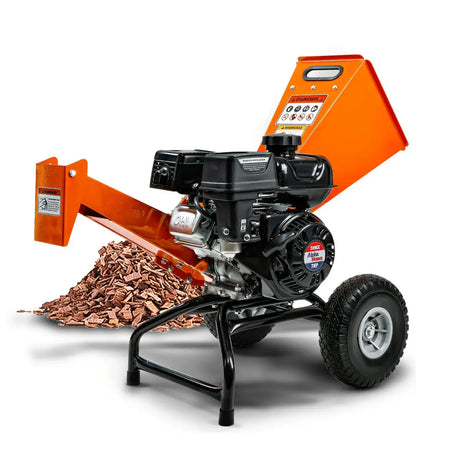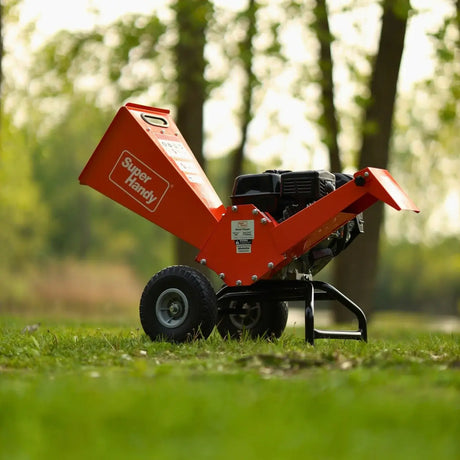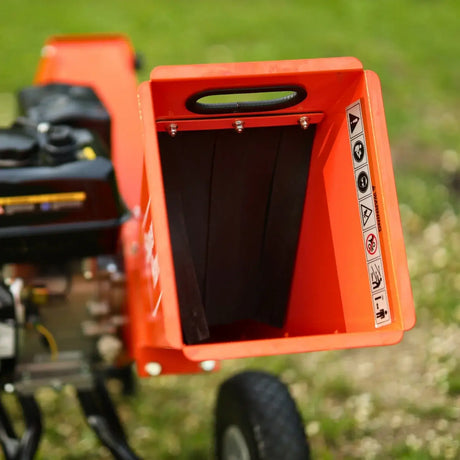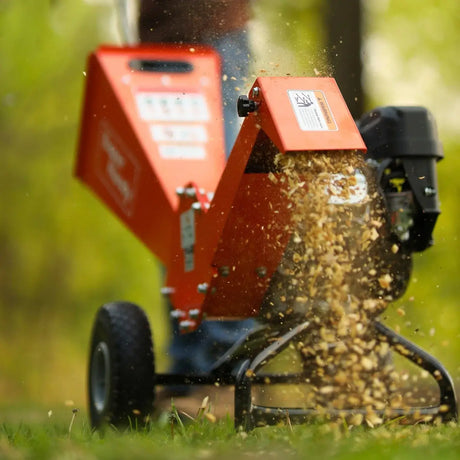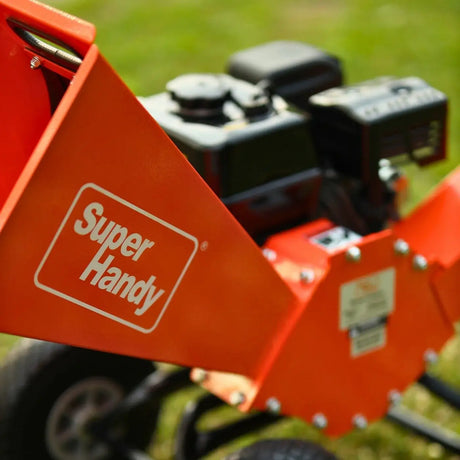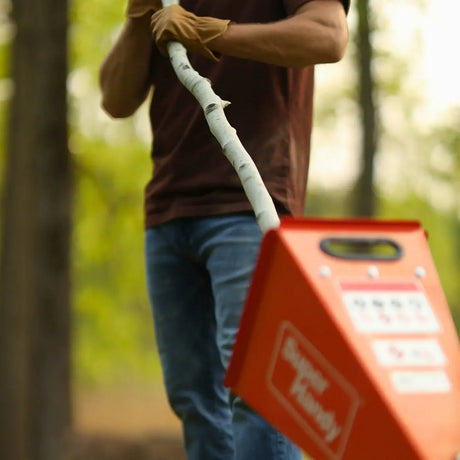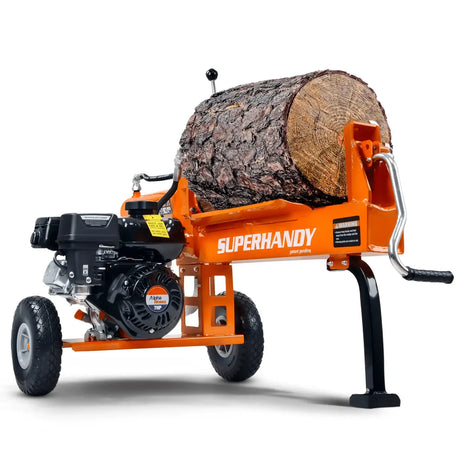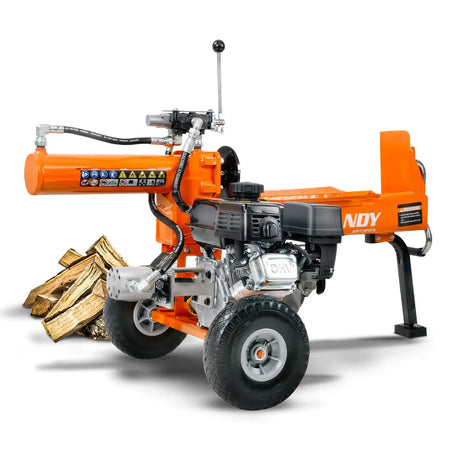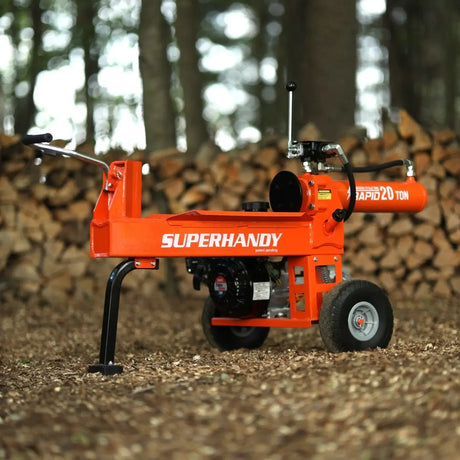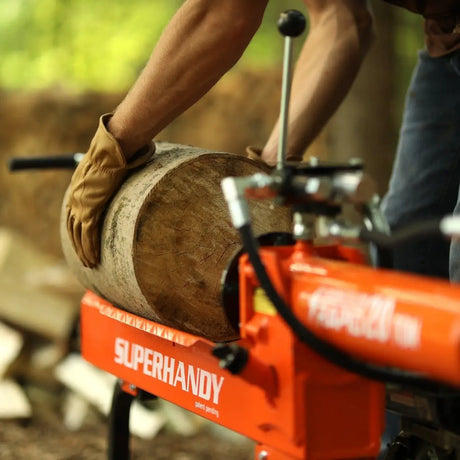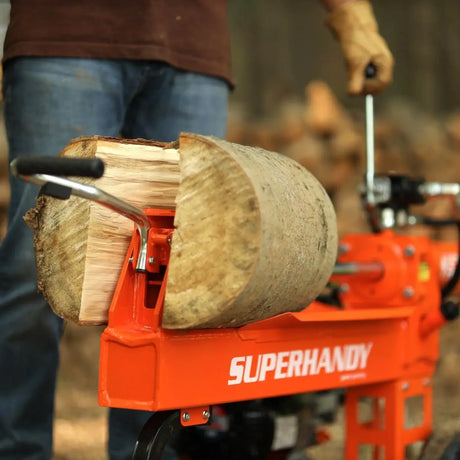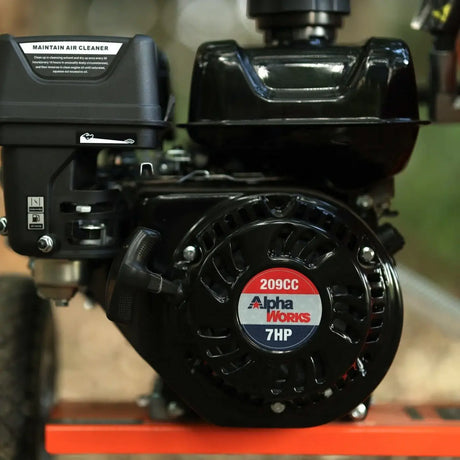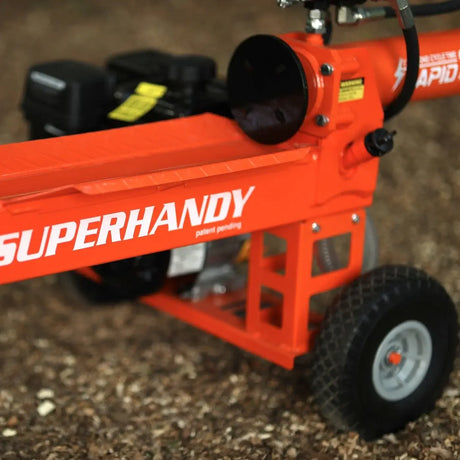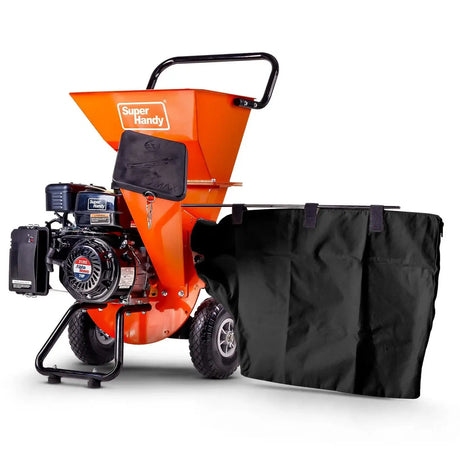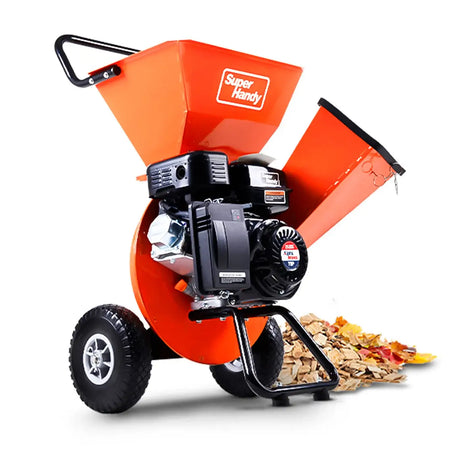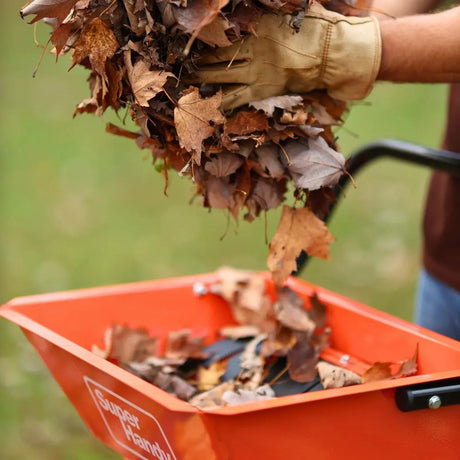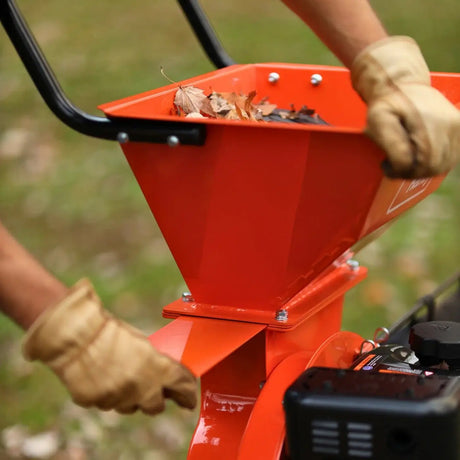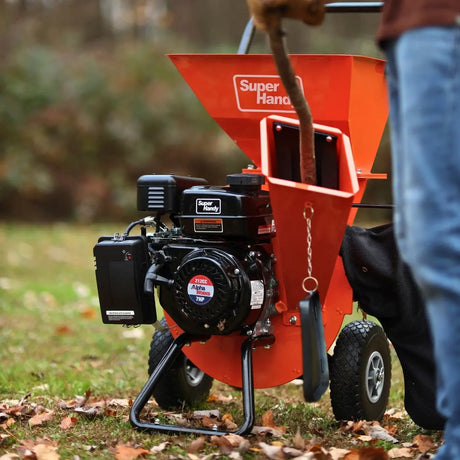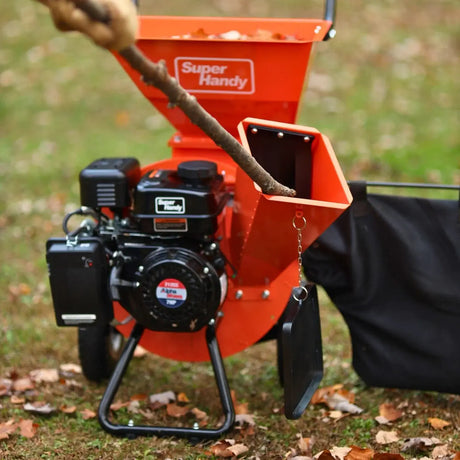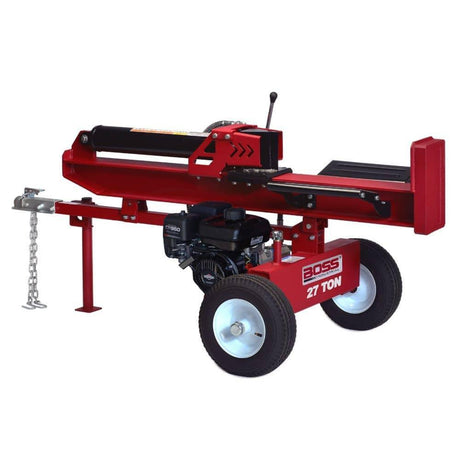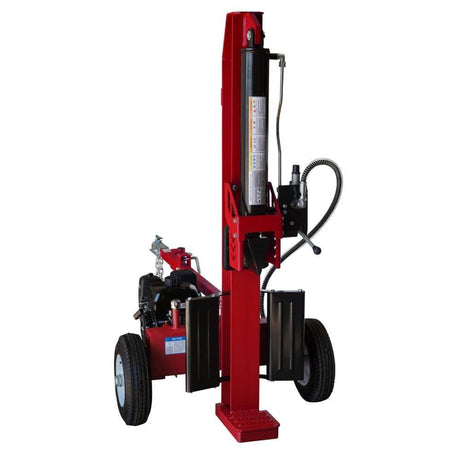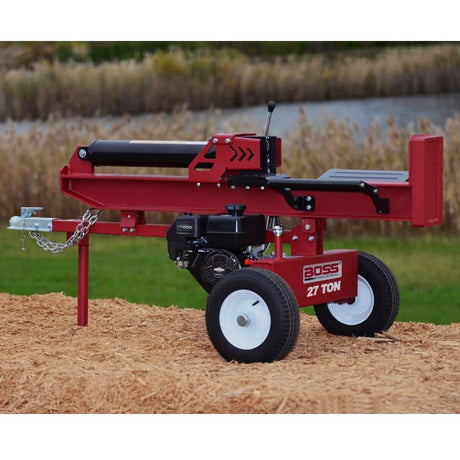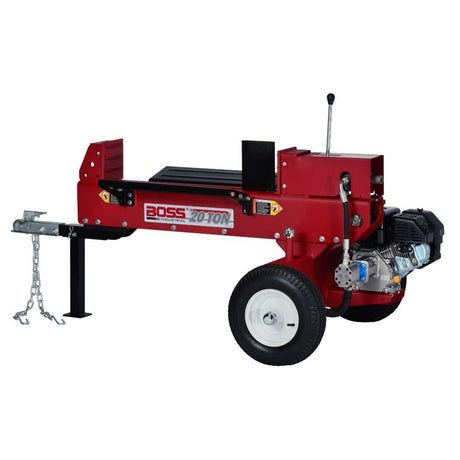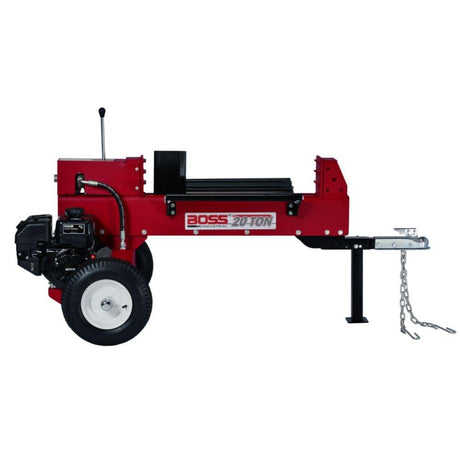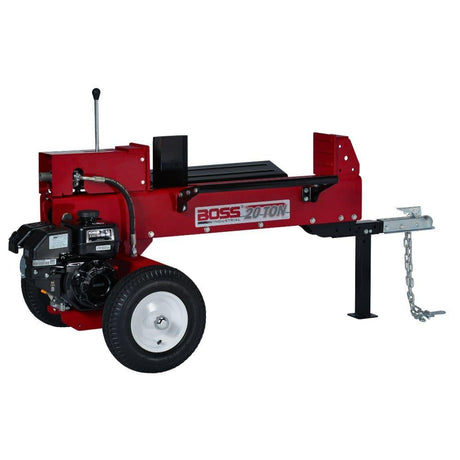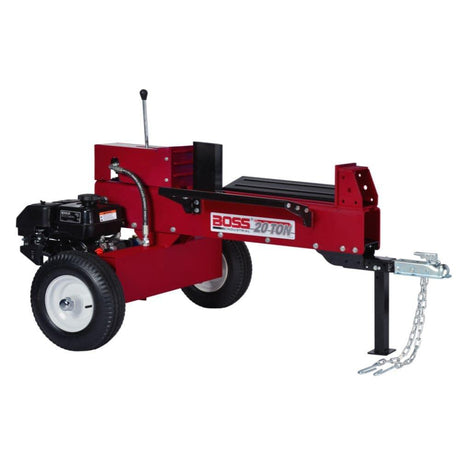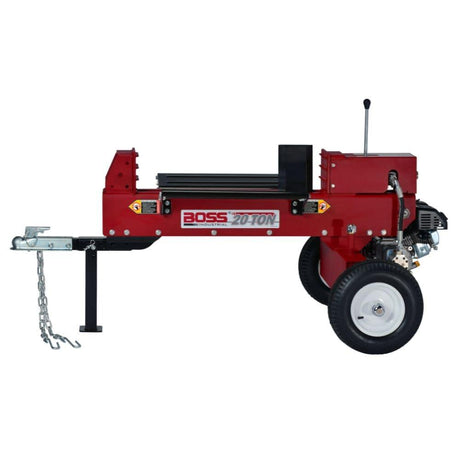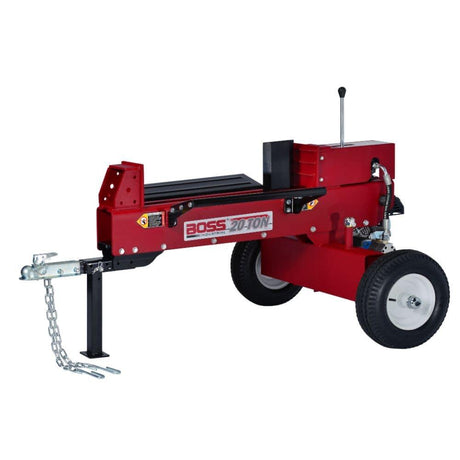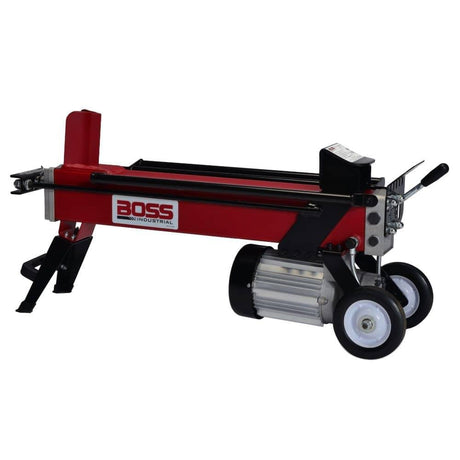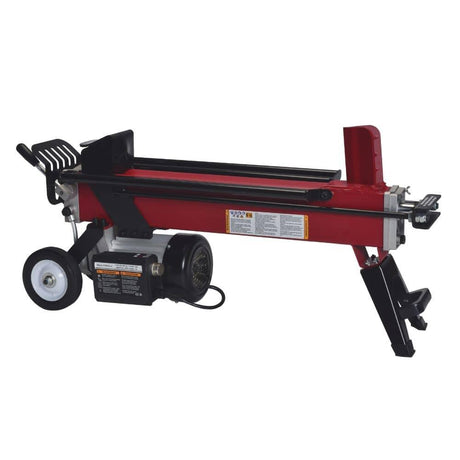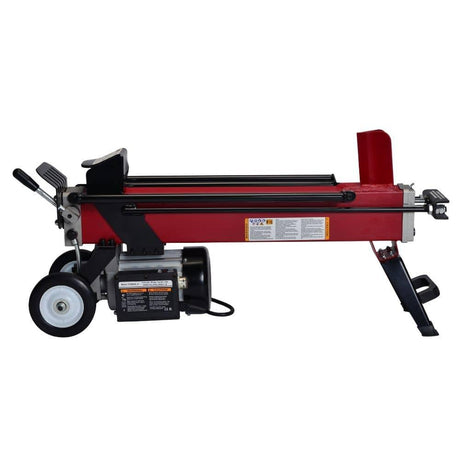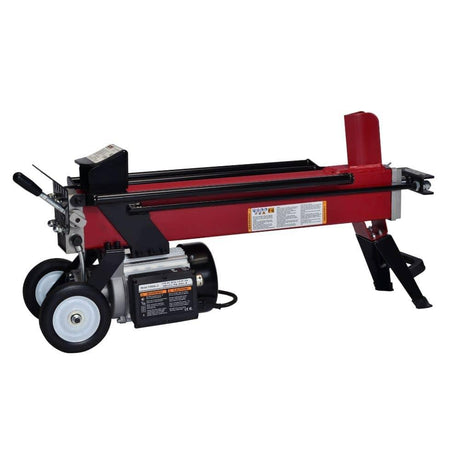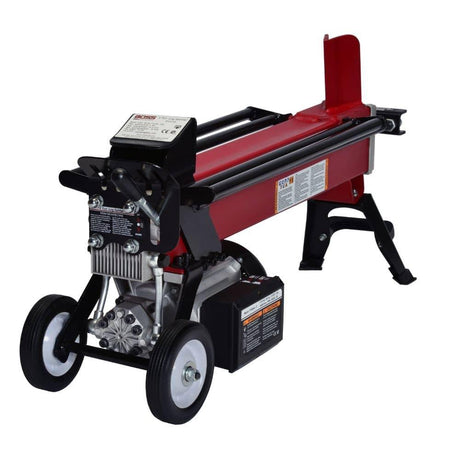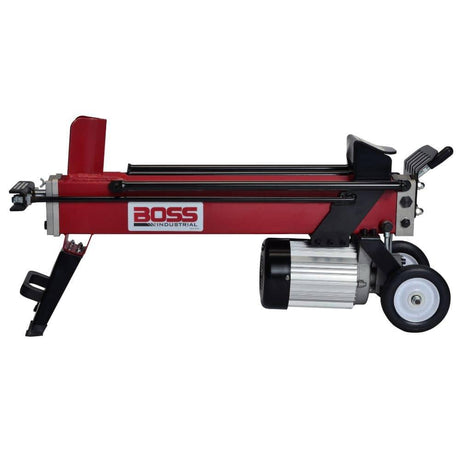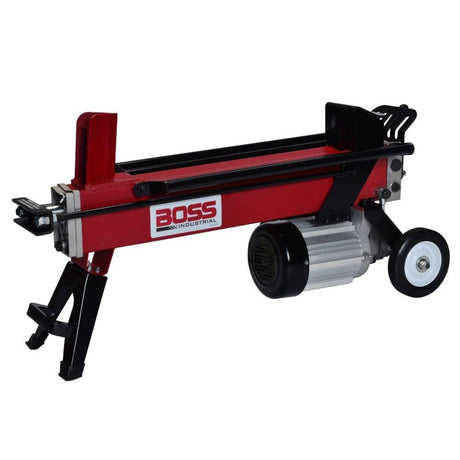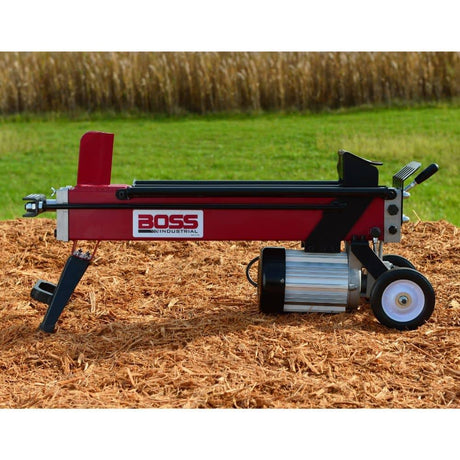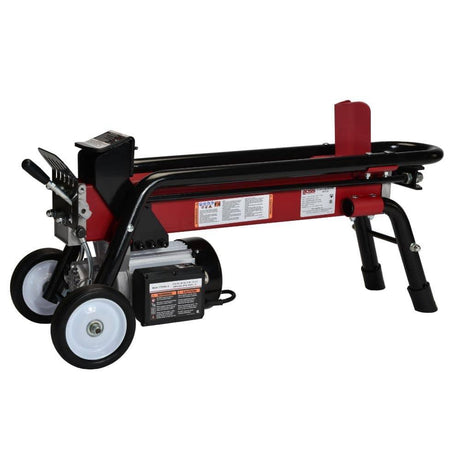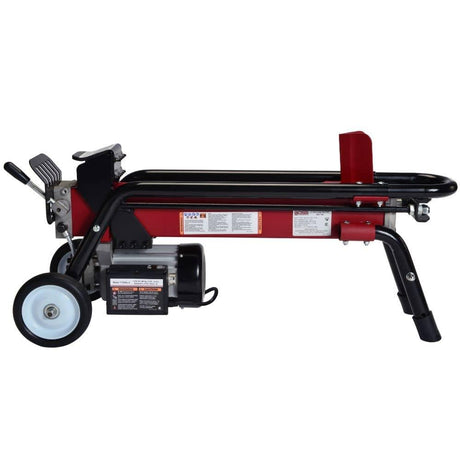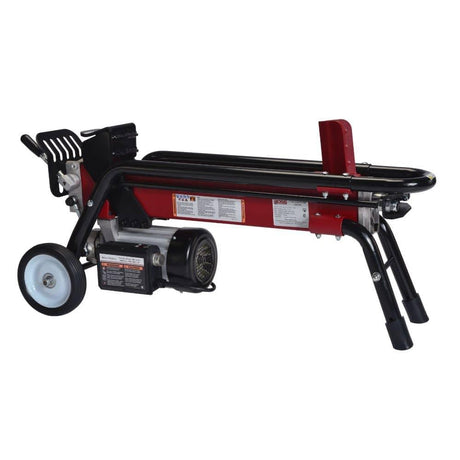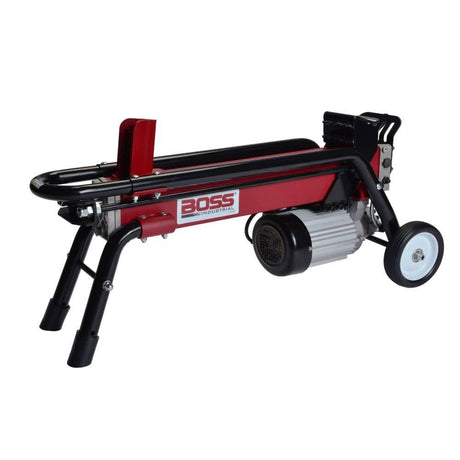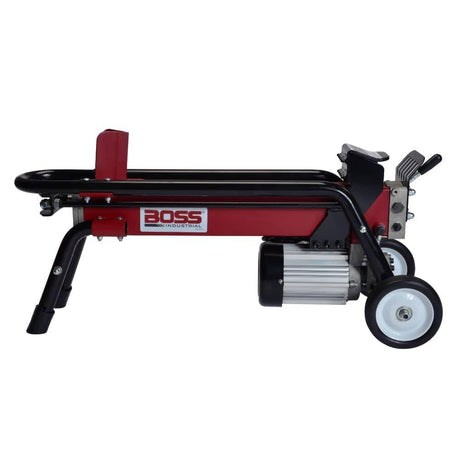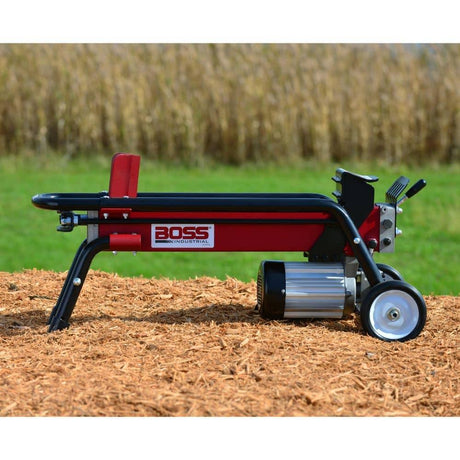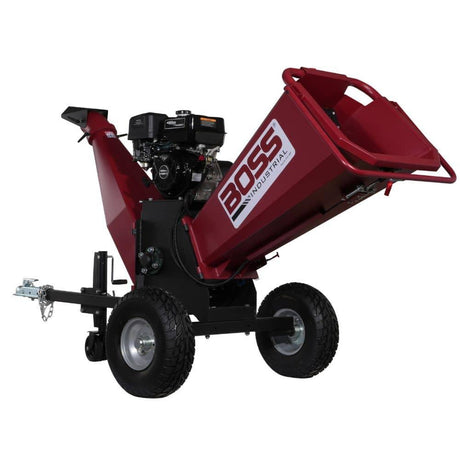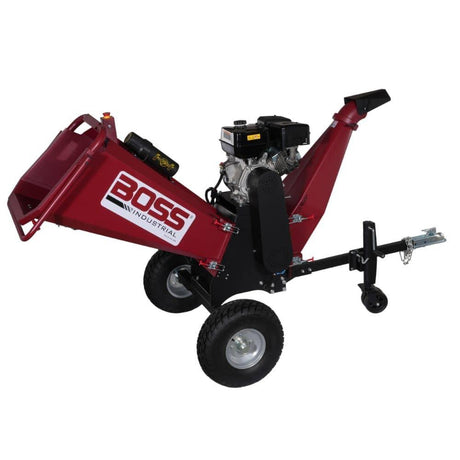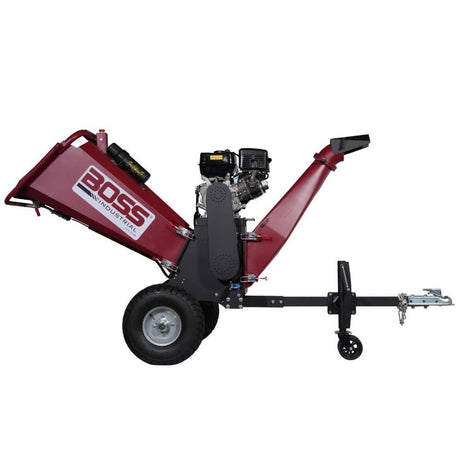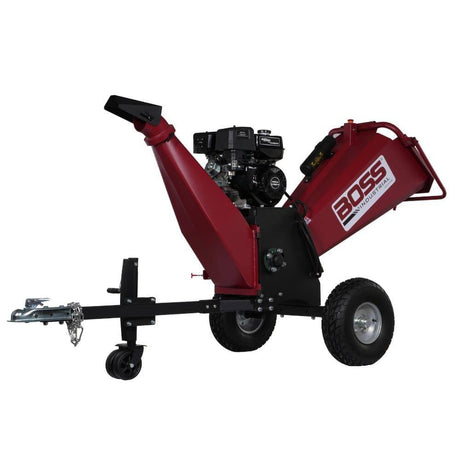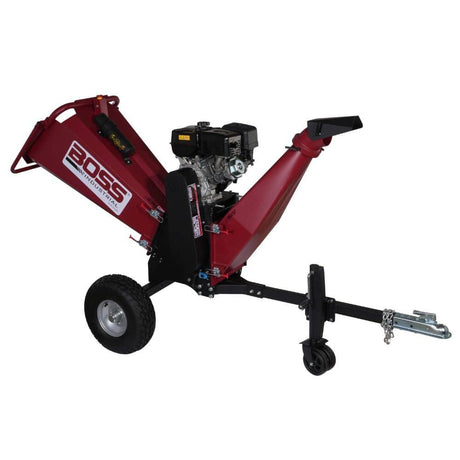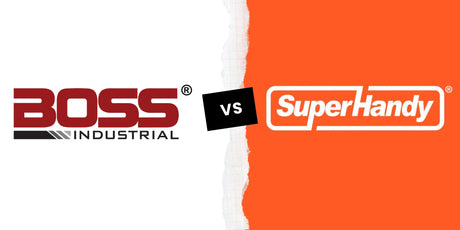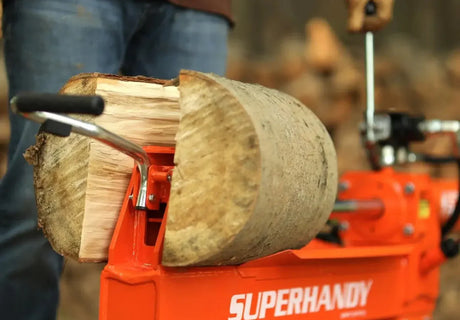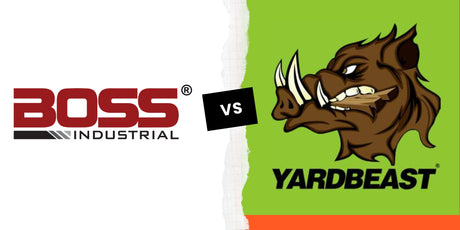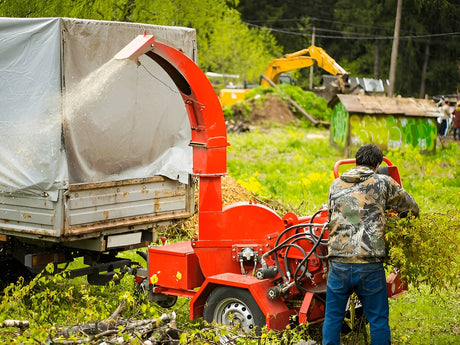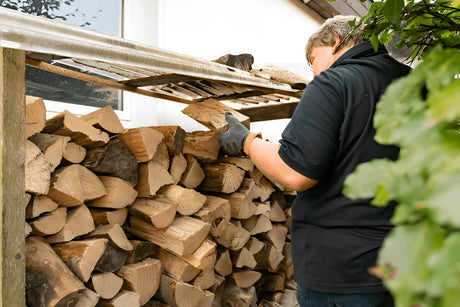When it comes to splitting logs, one of the first choices you'll face is horizontal or vertical? Each type of splitter has its strengths-and if you pick the wrong one for your setup or log pile, you'll feel it fast.
Let's walk through the differences with a clear breakdown. Whether you're prepping firewood in your backyard or tackling massive hardwood rounds in a rural lot, this guide will help you decide.
For a focused look at which orientation fits best, see our Vertical vs Horizontal Log Splitter: Which One Should You Choose guide.
Key Takeaways
- Horizontal splitters are great for smaller logs, batch work, and anyone who wants speed and portability.
- Vertical splitters shine when you're dealing with heavy, awkward rounds you can't (or don't want to) lift.
- Choosing the right one comes down to your typical log size, physical setup, and how much wood you plan to split.
Use Case Comparison: Log Size, Lifting & Efficiency
Here's a side-by-side look at how horizontal and vertical splitters compare in everyday use.
| Feature | 📏 Horizontal | 🧱 Vertical | 🌀 Dual-Mode |
|---|---|---|---|
| 🪵 Ideal Log Size | ✅ Up to 18" | ✅ 20+" | ✅ All sizes |
| 🧍 Lifting Required | ❌ Yes – manual lift | ✅ No lift – roll logs | ✅ Choose: lift or roll |
| 🧰 Control & Precision | ✅ Great for batch work | ⚠️ Less precise | ✅ Flexible for both needs |
| 🏡 Best for | 🏡 Residential users | 🏕️ Rural/firewood heating homes | 🏡🏕️ Perfect hybrid for any user |
| ⏱️ Efficiency | ✅ Fast batching | ⚠️ Slower setup | ⚠️ Medium – depends on mode used |
If you're splitting 12" softwood for weekend fires, a horizontal splitter is fast, simple, and easy to move. But if you've got 30" oak rounds from a downed tree in the back field, vertical mode saves your back-and may be the only practical option.
What This Table Shows
This chart highlights four critical things:
- Ideal log size - Horizontal for smaller pieces, vertical for anything over 18-20".
- Ergonomics - Horizontal = more lifting. Vertical = roll logs in and grind away.
- Efficiency - Horizontal is faster for high-volume splitting. Vertical is slower, but stronger.
- Who it's best for - Horizontal fits homeowners. Vertical fits pros, firewood sellers, or anyone dealing with heavy rounds.
Think of it like this:
- Light-duty splitting, lots of logs in a row? Go horizontal.
- One massive log at a time, too heavy to lift? Go vertical.
If you want to compare power sources, check out our Electric vs Gas Log Splitter: Full Comparison Guide with Charts for detailed info.
Price & Setup: Budget, Storage, and Portability
Let's compare cost, setup, and how easy these machines are to live with long-term.
| Cost & Setup | 📏 Horizontal | 🧱 Vertical | 🌀 Dual-Mode |
|---|---|---|---|
| 💰 Starting Price | 💵 $300–$3,000 | 💵💵 $1,000–$5,000 | 💵💵 $1,200–$4,500 |
| 🧳 Portability | ✅ Lightweight & compact | ❌ Bulky | ⚠️ Heavier but often towable |
| 🛠️ Setup Complexity | ✅ Plug-and-split | ⚠️ Requires setup for large logs | ⚠️ Mode switching required |
| 🏠 Storage Space | ✅ Easy to store | ❌ Takes more room | ⚠️ Larger footprint than horizontal |
Horizontal splitters tend to be cheaper and easier to store. They're also more compact, which matters if you're tight on space. Vertical splitters often start at a higher price-and the bigger footprint means you'll need a solid storage plan.
And if you're looking at dual-mode machines (that switch between horizontal and vertical), expect some setup trade-offs and more complexity overall.
Maintenance & Build: What You'll Deal With Over Time
Here's what owning each type looks like after the first few uses.
| Maintenance | 📏 Horizontal | 🧱 Vertical | 🌀 Dual-Mode |
|---|---|---|---|
| 🔧 Moving Parts | ✅ Fewer | ⚠️ More parts (larger systems) | ❌ Most complex due to dual functionality |
| 🛠️ Ease of Access | ✅ Simple layout | ❌ Tight spaces sometimes | ⚠️ Depends on mode/layout |
| 🧼 Cleaning | ✅ Quick wipe | ⚠️ May trap debris below | ⚠️ Takes longer to clean |
| 💪 Durability | ✅ Good w/ care | ✅ Heavy-duty | ✅ Built tough for flexibility |
Horizontal machines are simpler-fewer parts, easier to clean, quicker to access for maintenance. Vertical units (especially dual-mode) tend to have more moving parts and can collect debris underneath, which makes cleaning a bit more work.
That said, both types are built tough. If you take care of them, either one will last years.
Performance & Splitting Power
Now let's look at raw power, speed, and what each machine is best at in the field.
| Performance | 📏 Horizontal | 🧱 Vertical | 🌀 Dual-Mode |
|---|---|---|---|
| 💪 Force Output | ⚠️ Medium | ✅ High | ✅ Varies by model (often 20–40 tons) |
| 🧱 Handles Tough Wood | ⚠️ Limited by log size | ✅ Excellent | ✅ Can do both |
| 🚀 Cycle Speed | ✅ Fast for small jobs | ⚠️ Slower | ⚠️ Medium |
| 📦 Productivity | ✅ Ideal for repeated tasks | ✅ Great for heavy logs | ✅ Versatile & efficient |
Vertical splitters are designed for power-big rounds, dense hardwoods, gnarly knots. Horizontal models are built for speed-clean logs, fast batches, everyday use.
Neither one is "better"-just different. It comes down to:
- What you're splitting
- How often
- And where you're doing the work
To learn about the mechanics behind each type, see our Hydraulic vs Kinetic Log Splitters: Full Comparison Guide with Charts for a deep dive.
Final Thoughts
Here's the simple breakdown:
Go with a horizontal log splitter if:
- You're splitting logs under 18"
- You want something portable and easy to store
- You're working with softwood or clean rounds
Choose a vertical splitter if:
- You're dealing with oversized or heavy logs
- You can't (or don't want to) lift rounds onto a platform
- You need higher splitting force for tough or twisted wood
👉 Ready to find the perfect splitter for your property? Browse our full log splitter collection here → or reach out for help choosing the right machine for your wood pile.

